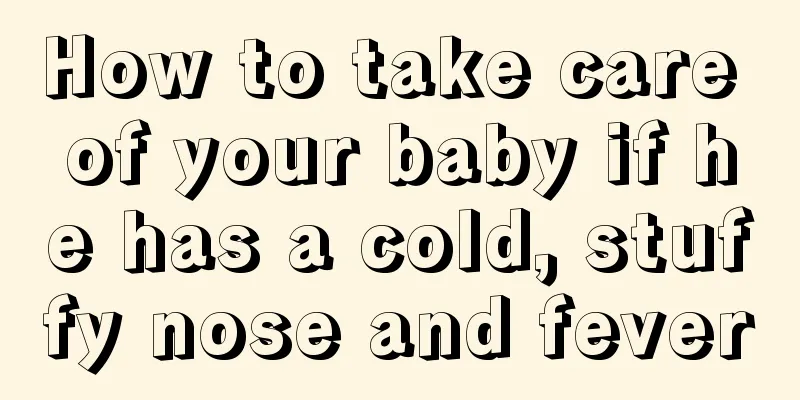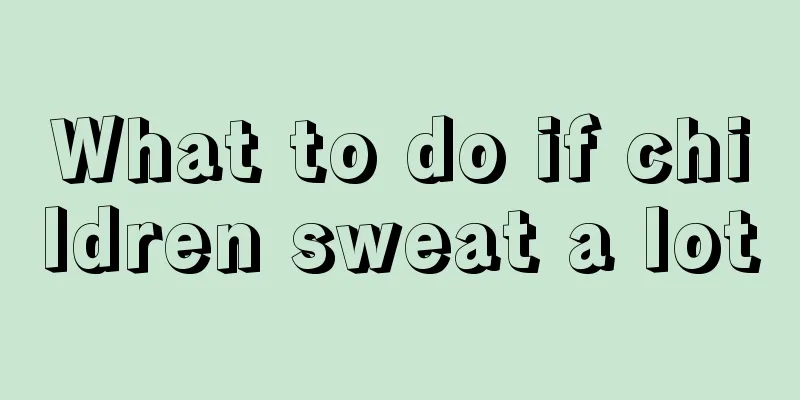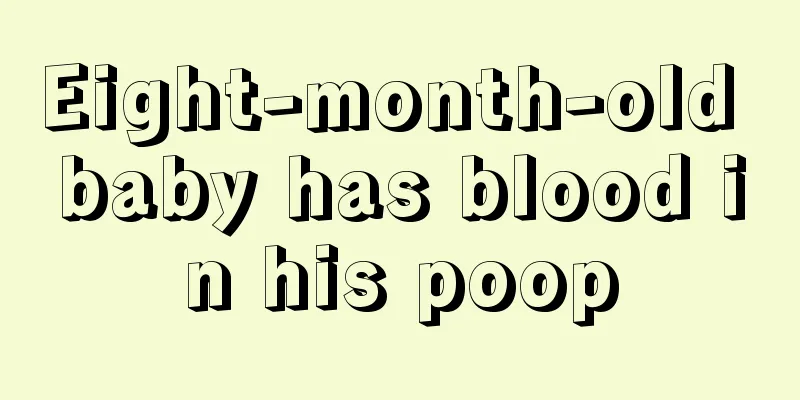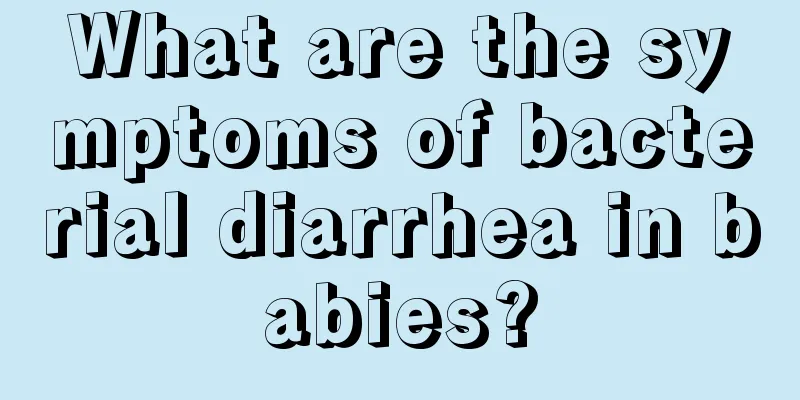How to care for children with colds and repeated fevers?
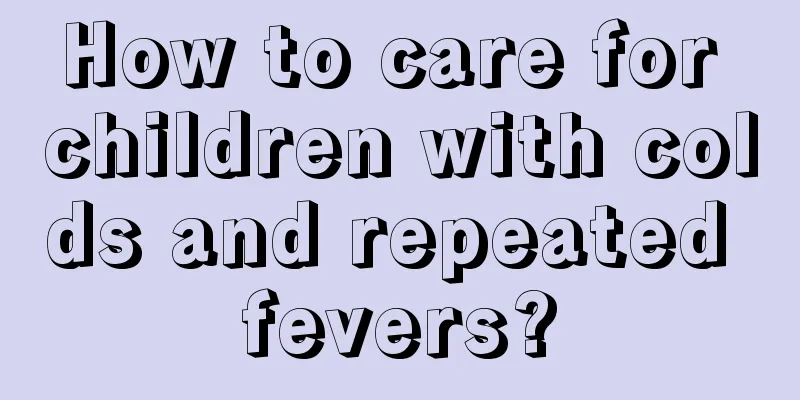
|
Children are young and their immunity is not yet fully developed, so they are very prone to catching colds. If they are not treated and nursed back to health in a timely manner, they are prone to repeated fevers, which is very harmful to children and can easily cause pneumonia and even some complications. Therefore, when a child has a fever, they should be given timely hydration and physical cooling. They should eat some liquid food. If the condition is serious, seek medical attention in a timely manner. 1. Rehydrate, water is better than medicine When you have a fever and sweat a lot, it is necessary to drink warm water frequently to replenish the body. For infants under six months old, continue to breastfeed. Breast milk is easy to digest, can meet nutritional needs, and replenish water. For artificial feeding, you can feed diluted whole milk, that is, 2 parts of milk powder plus 1 part of water (2:1). Although the baby's milk intake is reduced at this time, the water is supplemented, which is more conducive to the baby's digestion and absorption. It is advisable for young children to drink boiled water when they have a fever. They can be fed some boiled water appropriately to supplement the body's vitamin C and enhance disease resistance. Drink enough water to keep your lips moisturized, but don't drink too much. 2. Liquid diet For young children with fever, the diet should mainly consist of liquid food, such as milk, lotus root powder, milk (with less oil), etc. You can also drink some mung bean soup or ice watermelon to help cool down, promote diuresis and fight disease. However, for infants (less than 6 months old) with diarrhea, who have poor resistance, weak gastric motility, and poor tolerance of gastric mucosa, cold drinks are not conducive to physical recovery and should be avoided. When the child's body temperature drops and his appetite improves, he can be fed semi-liquid food, such as minced meat porridge, noodles, rice porridge, egg drop porridge, and some easily digestible food (fish). The diet should be light and easily digestible, with less oil and salt, and small meals. Spicy and irritating foods should be avoided. But there is no need to avoid certain foods to prevent malnutrition and decreased resistance. 3. Take sugar and salt water If a young child has fever and diarrhea, the medicine can be taken multiple times. Take sugar and salt water. The preparation ratio is 500 ml of water, one teaspoon of sugar and half a bottle cap of salt. 500 ml can be taken within 4 hours. At the same time, you can supplement with electrolyte foods such as citrus, bananas and other fruits (high in potassium and sodium), milk and soy milk (containing calcium), rice soup, and pasta (containing zinc). For those with more severe symptoms, they should temporarily fast and receive intravenous drips to replenish water and electrolytes. After the diarrhea and vomiting are relieved, you can eat liquid food, such as rice soup, filtered vegetable juice, lotus root powder, etc., but you should avoid milk and soy milk (which can easily produce gas). |
<<: Learn to do this so that your child will no longer be irritable and angry
>>: Don't worry if your child has bent legs. Correcting them in time will help
Recommend
What should I do if mycoplasma pneumonia is infected in children?
What parents of newborns worry about most is that...
White spots on baby's body
It may be difficult to detect white spots on babi...
How to treat children’s skin dampness and toxins? These methods deal with
If a child has skin problems with dampness and to...
What to do if your baby is startled while sleeping
What should you do if your baby is frightened whi...
Symptoms of viral pneumonia in babies
Viral pneumonia in babies is very serious. If a b...
Symptoms of hemangioma in children
In fact, today's parents have a lot of things...
What causes sweaty palms and feet in children?
Children's palms and soles sometimes sweat. T...
What to do if your child's head sweats
The healthy growth of children is of greatest con...
Reasons why babies clench their teeth while sleeping
In daily life, mothers often find that their babi...
What to eat for a six month old baby?
Many parents think that when children reach a cer...
How to treat children's fingernails?
The nail area of the fingers is more susceptibl...
Why is my baby's stool green?
It is the common wish of many parents that their ...
What to do if your two-year-old baby vomits
When a baby reaches the age of 2, he or she is ve...
Diet therapy for six-month-old baby cough
Many parents find it difficult to discover what d...
How to regulate children's spleen and stomach disharmony
Indigestion in children has a great impact on the...




